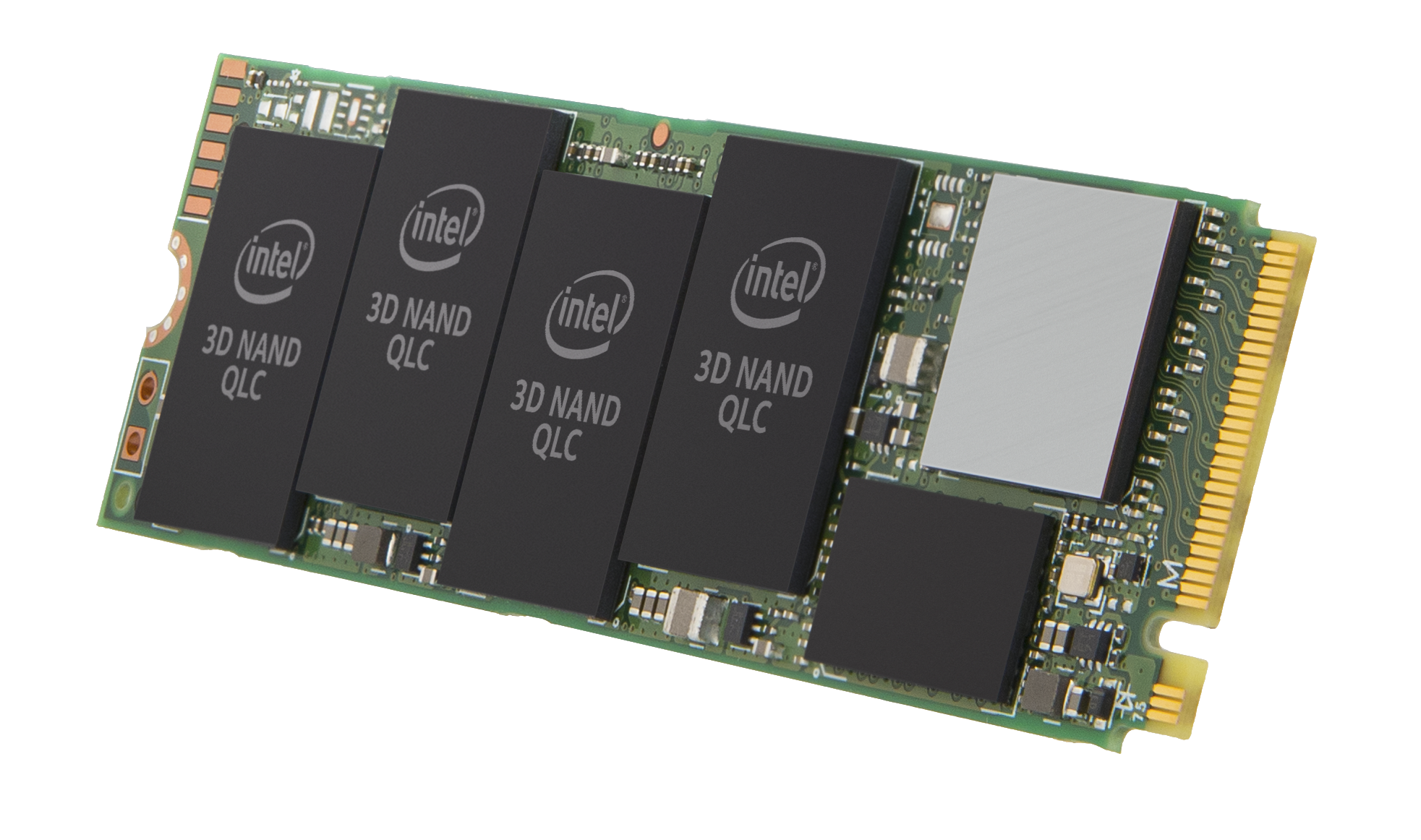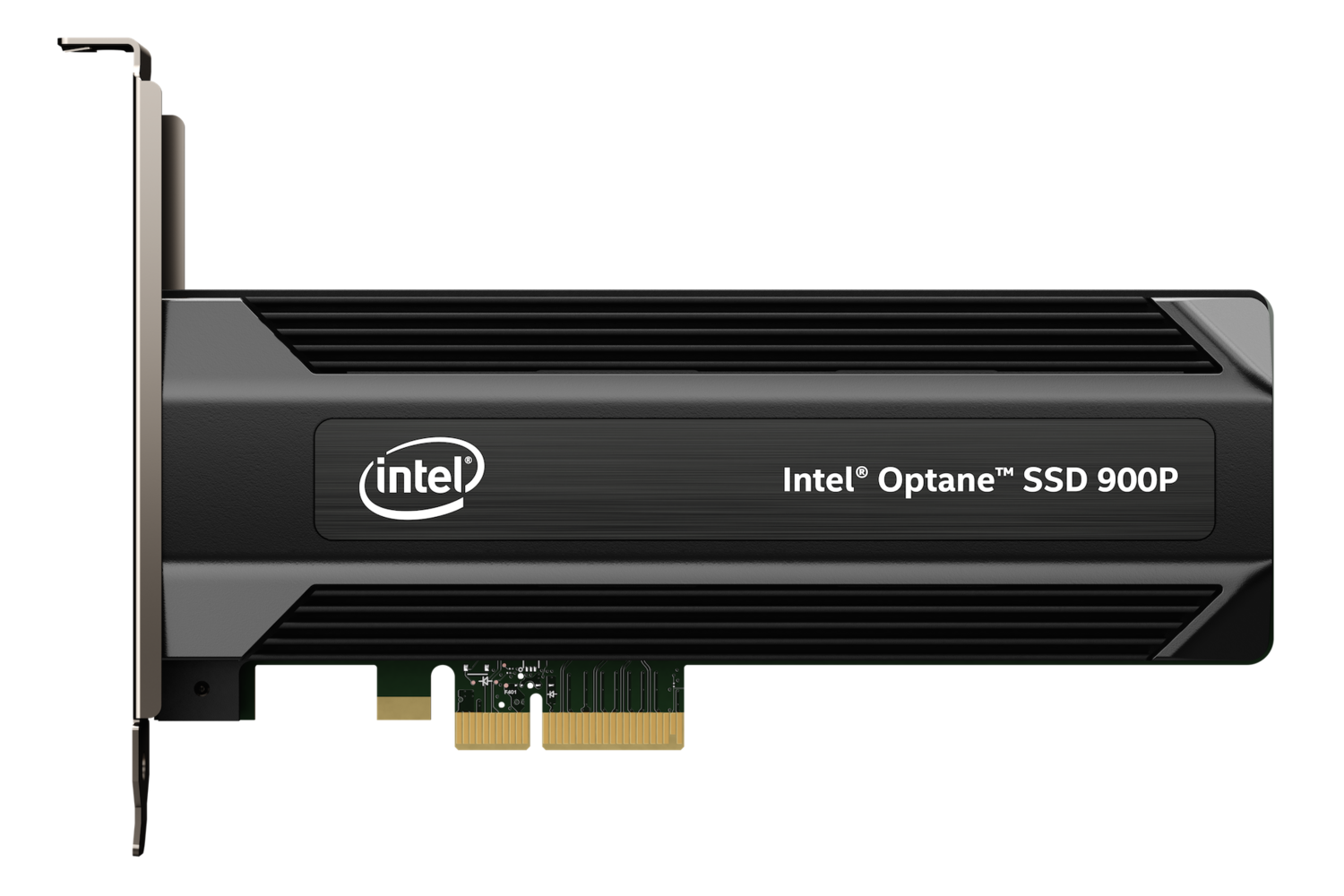Research Papers
White papers and research documents produced by Shrout Research.
Last year Qualcomm provided the first true AOAC PC experience with partners HP, ASUS, and Lenovo with its Snapdragon 835 SoC. This fall will see the release of second-generation hardware based on the faster and more efficient Snapdragon 850 Mobile Compute Platform that includes new processing cores, improved graphics system, and a faster peak speed LTE modem. The first system released using this configuration is the Lenovo C630 WOS, a sleek and stylish design that provides a premium fit and finish.
After that AT story was posted, I started talking with the team that builds Geekbench, one of the most widely used and respected benchmarks for processors on mobile devices and PCs. It provides a valuable resource of comparative performance and leaderboards. As it turns out, Huawei devices are exhibiting the same cheating behavior in this benchmark.
Solid State Drives offer responsiveness and throughput unmatched by rotating media, but the persistent challenge has remained bringing the costs down far enough to spur greater adoption. SSDs came into the mainstream over a decade ago, and since then we have witnessed gradual increases in density in the form of process shrinks, a shift to multi-layer 3D cell structures, and by increasing the number of bits stored per flash memory cell. With those advances come greater capacity products at reduced cost. While this progression is typically slow going, every once in a while a company comes along and shakes things up with a step change in either performance, capacity, or cost. The Intel® SSD 660p aims to take a shot at the latter while maintaining class-leading performance.
The future of the notebook PC lies in merging the familiarity of Windows with experiences and capabilities that are unique to smartphones. This should include a renewed emphasis on battery life, targeting days rather than hours of real-world usage. Deep sleep and hibernate states that force portions of the system to be inaccessible for dynamic updating and that slow the ability for the user to interact with PC should be eliminated. Ubiquitous internet access through high speed, Gigabit-class LTE can provide uninterrupted data support without the hassle and reliability concerns of Wi-Fi and comes with a connected standby experience where your data is ready when you need it.
The Intel® Optane™ SSD 800P shows itself to be a competitive product, offering impressive low-latency performance which gives it the edge in some of the more storage centric client workloads. Care must be taken to select the correct test system configuration and software in order to measure these potential gains in responsiveness observed at the lower queue depths in real-world usage.
There are many ways to measure the performance of a PC and many ways to measure the performance of any single sub-system of that computer. Storage performance is no different, and with the movement towards evaluating the performance of computing hardware based on end-user experiences, the expectations of how storage should behave has evolved. As processor performance, graphics capability, and workloads evolve for the consumer, the demand for higher performing storage solutions has increased.
Intel continues to expand its product line of Optane™ storage drives, targeting consumers and OEMs in the mobile space with the new Intel® Optane™ SSD 800P. As the relative performance of notebooks and mobile platforms increases when compared to desktops, there has been a resurgence of interest and focus on the secondary components and systems in these machines. As modern processors increase core and thread count, along with frequency, cache, and more, the impact of other hardware level features becomes more critical to the overall experience for consumers. While the value of faster processing is critical, the impact of storage performance also plays an important role.
Though originally targeted for hard drives, combining the caching performance of Intel® Optane™ Memory with an SSD is a solution that can offer improved performance in numerous consumer workloads without a significant increase in price. By utilizing 16GB and 32GB Optane™ modules with various capacities of Intel® 545s solid state drives, the competitive landscape of the consumer storage market takes on an interesting twist.
The new Intel Optane SSD 900p offers workstation and enthusiast consumers a new level of performance for storage. But offering incredibly fast response times and low latency puts a unique emphasis on storage testing methodology, system configuration, and software design. Our Optane white paper focuses on the impact and issues of legacy testing as well as the value of measuring low queue depth performance.
Download the Intel® Optane™ Storage Performance and Implications on Testing Methodology white paper here!
Bringing Android apps and the Play Store to the Chromebook platform is not a trivial task. Android applications were built and compiled for a specific set of hardware and operating system variants. Chrome OS, despite being designed by the same company, is quite different. It was built initially as an online-only system and has slowly evolved into a hybrid, acknowledging and accepting the need for offline activities. In the Chromebook space today there are two distinct segments of hardware available: one is based on ARM-designed processors and the other uses Intel x86 processors.











This launch is made even more interesting due to the pending onslaught of competition coming the PC space from Intel, AMD, and Qualcomm. Only days prior to the Apple announcement, Qualcomm had shown the Snapdragon X Elite SoC that will come in 2024, making some significant claims of performance relative to the best from its rivals. Heading out to my local retailer on Tuesday I picked up a pair of the new MacBook Pro laptops to do some testing and get a feel for how well these new devices compare to other systems powered by Intel and AMD, as well as my own M1 Pro-based MacBook Pro.